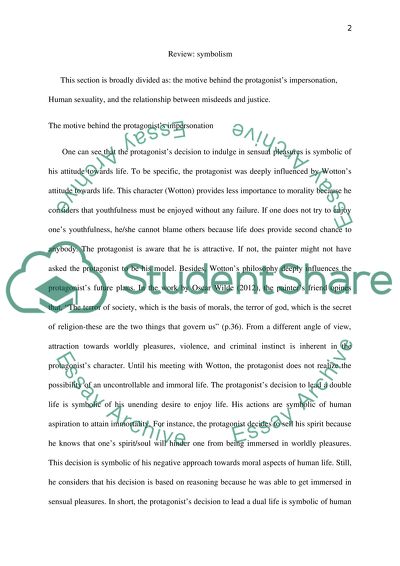Cite this document
(“The Picture of Dorian Gray by Oscar Wilde Book Report/Review”, n.d.)
The Picture of Dorian Gray by Oscar Wilde Book Report/Review. Retrieved from https://studentshare.org/literature/1639517-the-picture-of-dorian-gray-by-oscar-wilde
The Picture of Dorian Gray by Oscar Wilde Book Report/Review. Retrieved from https://studentshare.org/literature/1639517-the-picture-of-dorian-gray-by-oscar-wilde
(The Picture of Dorian Gray by Oscar Wilde Book Report/Review)
The Picture of Dorian Gray by Oscar Wilde Book Report/Review. https://studentshare.org/literature/1639517-the-picture-of-dorian-gray-by-oscar-wilde.
The Picture of Dorian Gray by Oscar Wilde Book Report/Review. https://studentshare.org/literature/1639517-the-picture-of-dorian-gray-by-oscar-wilde.
“The Picture of Dorian Gray by Oscar Wilde Book Report/Review”, n.d. https://studentshare.org/literature/1639517-the-picture-of-dorian-gray-by-oscar-wilde.


